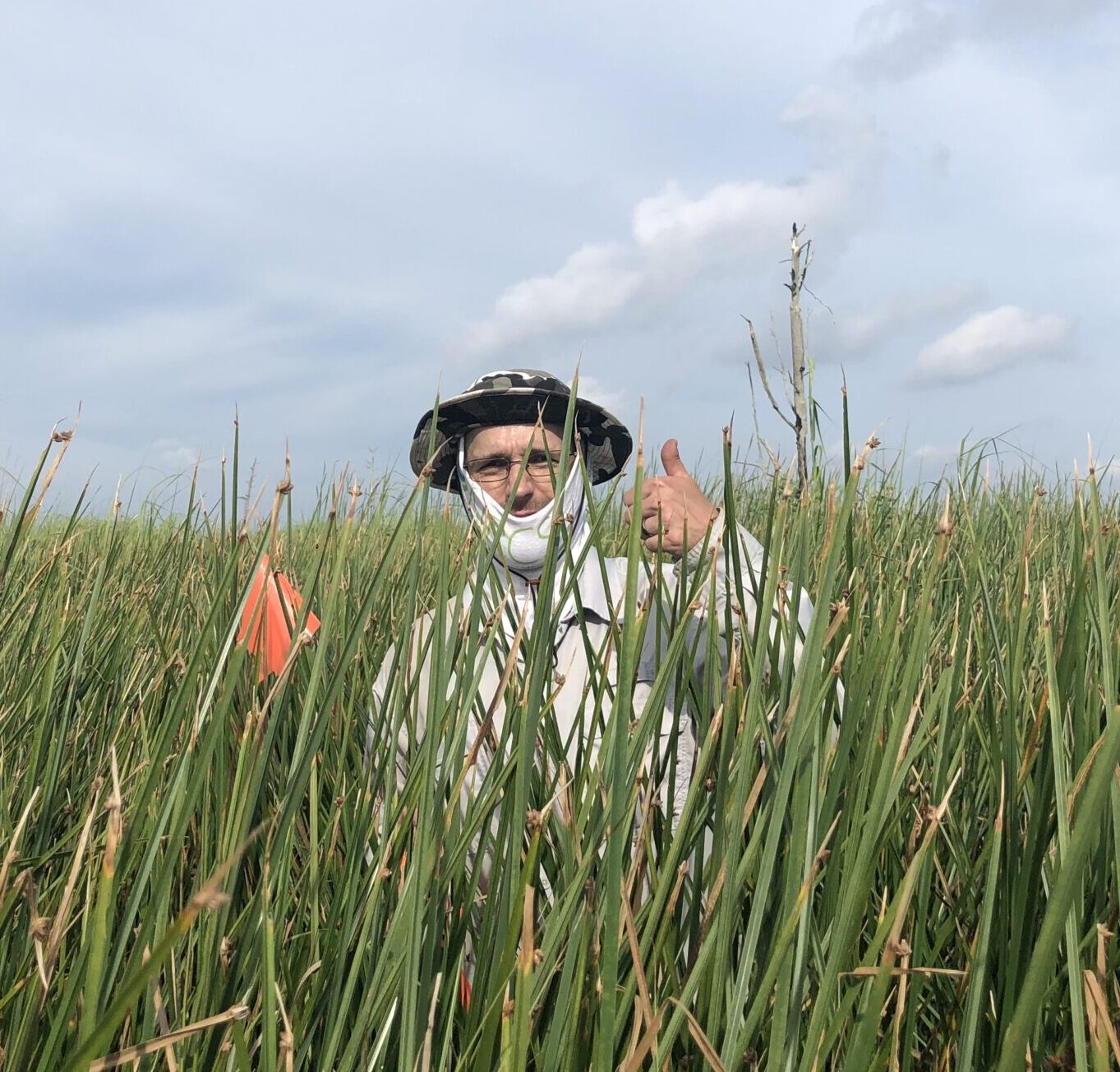Matt Ricker
MR

Bio
SHORT STATEMENT OF INTERESTS:
I am interested in research that helps produce coastal zone soil management strategies and interpretations. I am interested in collaboration regarding coastal blue carbon, subaqueous soils, coastal septic system functionality, and soil salinization issues in agriculture/forestry.
Publications
- Destabilization of Soil Carbon After Saltwater Intrusion in Coastal Agricultural Soils , ENVIRONMENTAL SCIENCE & TECHNOLOGY (2025)
- Coastal Forest Change and Shoreline Erosion across a Salinity Gradient in a Micro-Tidal Estuary System , FORESTS (2024)
- Scaling of soil organic carbon in space and time in the Southern Coastal Plain, USA , SCIENCE OF THE TOTAL ENVIRONMENT (2024)
- A rapid approach for ecological assessments in Carolina Bay wetlands that were previously converted to agriculture , FRONTIERS IN FORESTS AND GLOBAL CHANGE (2023)
- Soil organic carbon changes in a Carolina Bay wetland 15 years after restoration , SOIL SCIENCE SOCIETY OF AMERICA JOURNAL (2023)
- Assessment of artificial neural network to identify compositional differences in ultrahigh-resolution mass spectra acquired from coal mine affected soils , TALANTA (2022)
- Combining Survey, Soil Coring, and GIS Methods to Improve Reservoir Capacity Estimates in the Maya Lowlands , ADVANCES IN ARCHAEOLOGICAL PRACTICE (2022)
- Hydrology and Vegetation Relationships in a Carolina Bay Wetland 15 Years after Restoration , WETLANDS (2022)
- Quantification of geogenic carbon in anthropogenic alluvial coal soils of the Susquehanna River , JOURNAL OF ENVIRONMENTAL QUALITY (2022)
- Comparison of soil health metrics for a Cecil soil in the North Carolina Piedmont , Soil Science Society of America Journal (2020)